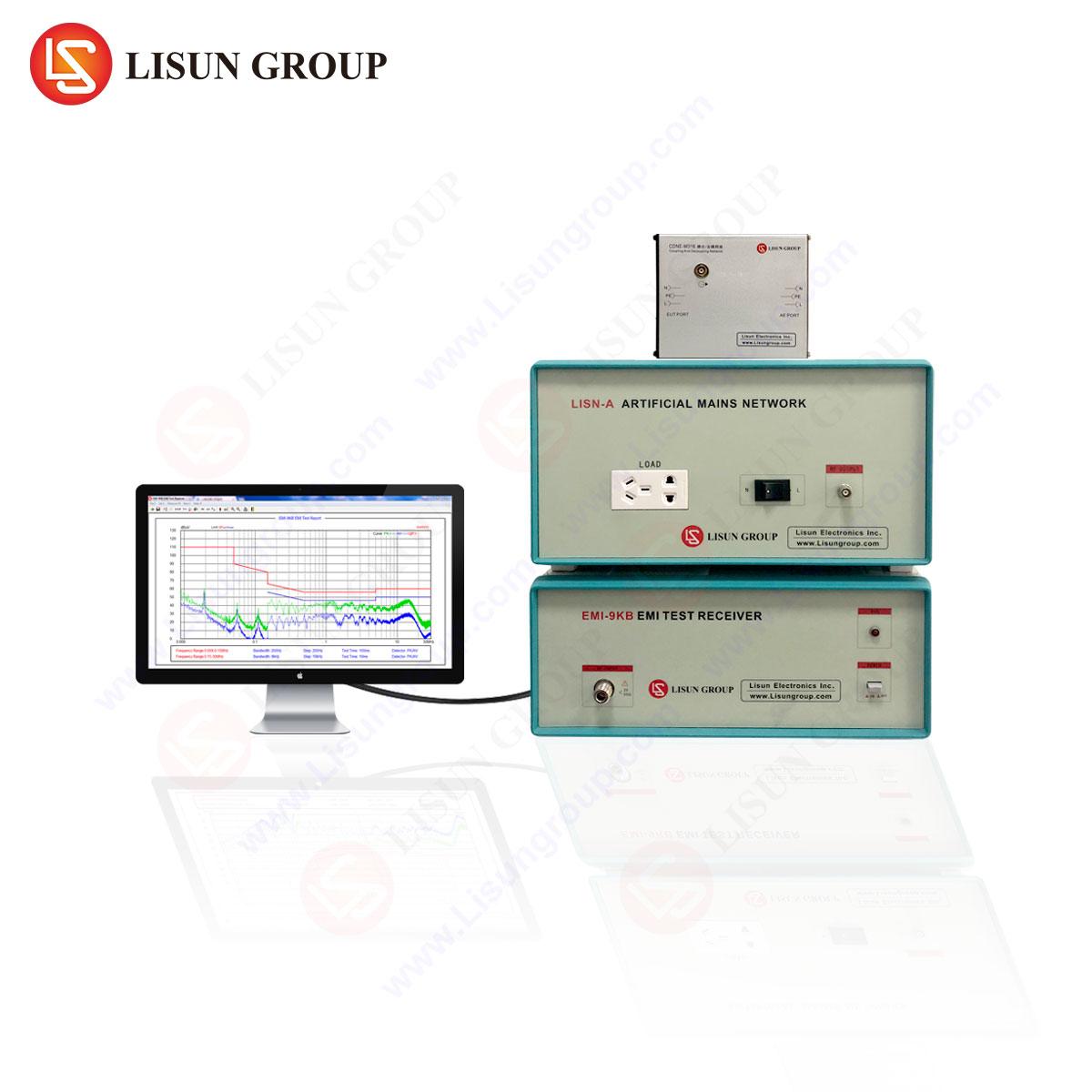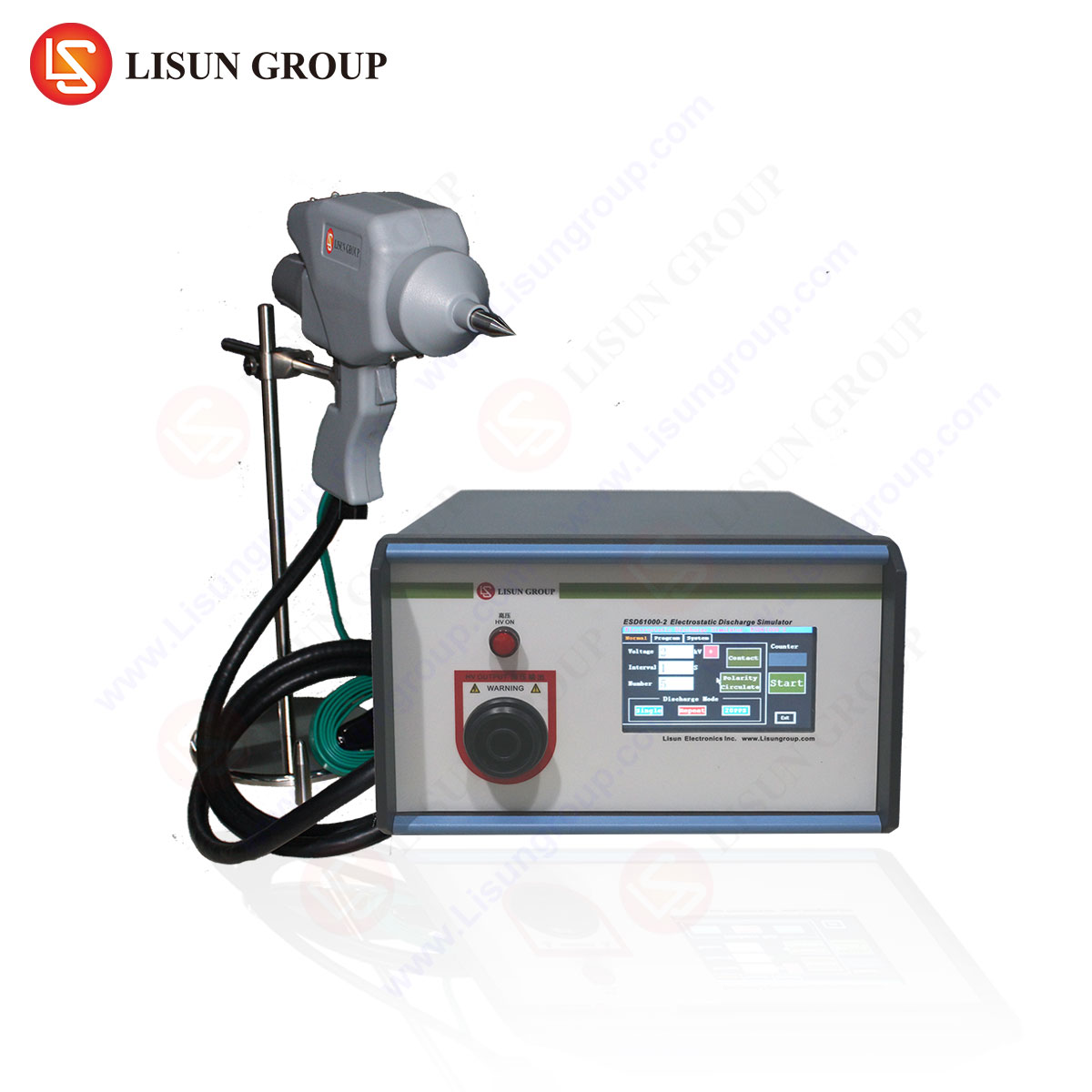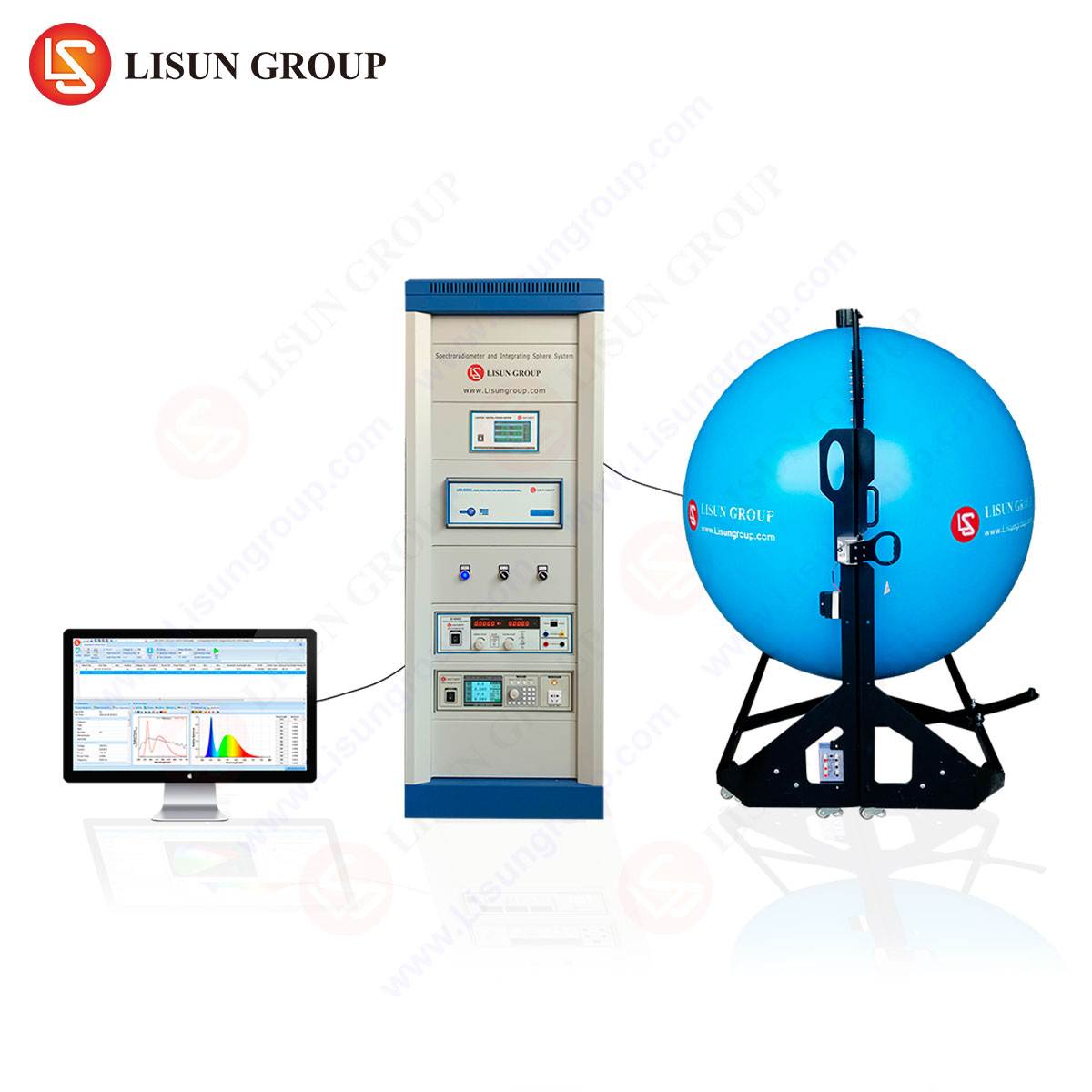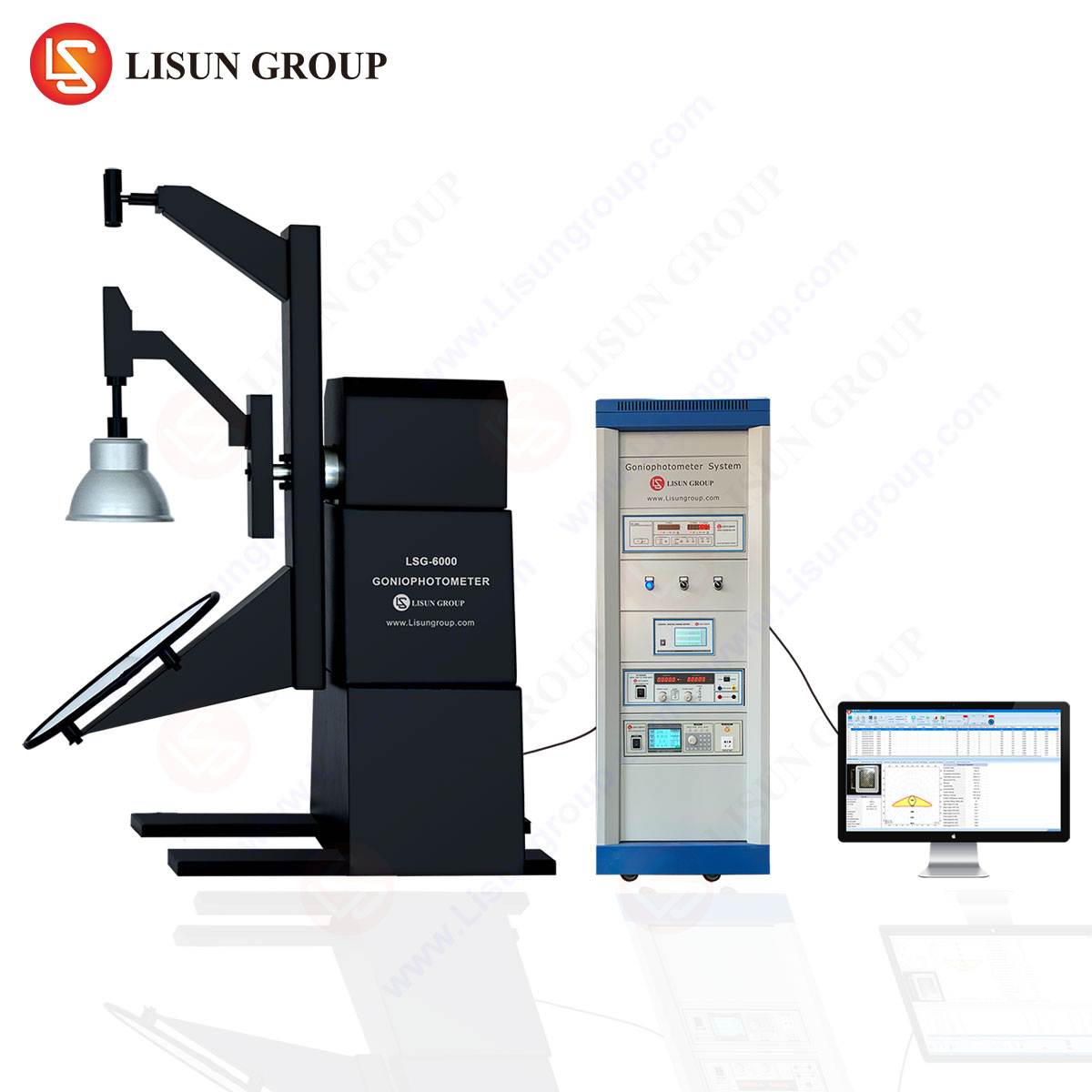Foundational Principles of Luminance Measurement in Photometric Science
Luminance, defined as the luminous intensity per unit area of a light source in a given direction, serves as the fundamental photometric quantity for quantifying the brightness perceived by the human eye. Its accurate measurement is paramount across industries where visual performance, safety, and quality are critical. The measurement of luminance is governed by the spectral sensitivity of the human eye, as defined by the CIE standard photopic luminosity function, V(λ). Traditional measurement devices, such as luminance meters, utilize optical filters to approximate this function. However, this method introduces inherent inaccuracies, especially when characterizing modern light sources like Light Emitting Diodes (LEDs) and Organic LEDs (OLEDs) with narrow or irregular spectral power distributions (SPDs). The filter mismatch error can lead to significant deviations from the true photometric value, compromising the integrity of product validation and compliance testing. The transition to spectroradiometric-based measurement represents the state-of-the-art, as it captures the complete SPD of a source and computationally applies the V(λ) function with high precision, thereby eliminating this primary source of error and providing a traceable, absolute measurement of luminance and associated photometric and colorimetric parameters.
Architectural Overview of the LISUN LMS-6000C Spectroradiometer System
The LISUN LMS-6000C represents a high-precision, imaging spectroradiometer system engineered for non-contact luminance and chromaticity measurement. Its core architecture integrates a scientific-grade CCD detector with a high-fidelity imaging spectrograph. The system operates on the principle of spatially resolved spectroscopy, where light from a target enters through a telecentric lens, which ensures that only light rays parallel to the optical axis are measured, eliminating errors from angular misalignment. This light is then dispersed by a fixed-grating spectrograph onto the CCD, generating a two-dimensional data array. One axis of the array corresponds to the spatial dimension along a line on the target, while the other axis corresponds to the spectral wavelength. This allows the system to simultaneously capture the spectral data for hundreds or thousands of discrete points across a line of sight, enabling the creation of detailed luminance and color maps. The system is calibrated for absolute spectral radiance using a NIST-traceable standard source, ensuring that all derived photometric quantities, including luminance (cd/m²), are metrologically sound. The integration of a robust, thermally stabilized optical bench minimizes wavelength drift and ensures long-term measurement stability, a critical requirement for research and development applications.
Critical Performance Metrics and Operational Specifications
The performance of the LMS-6000C is defined by a suite of rigorous technical specifications that dictate its applicability across various industrial and scientific domains. Key operational parameters include a wide spectral range, typically from 380nm to 780nm, covering the entire visible spectrum and critical portions of the near-ultraviolet and near-infrared. The wavelength accuracy is specified at ±0.3nm, and the full width at half maximum (FWHM) spectral bandwidth is typically 2.5nm, providing sufficient resolution to characterize narrow spectral peaks from phosphor-converted LEDs and laser diodes. The dynamic range of the luminance measurement is a critical factor, often exceeding six orders of magnitude, allowing the same instrument to measure everything from the dim glow of aircraft cockpit displays to the intense brightness of automotive headlamps. The following table summarizes core specifications relevant to luminance measurement:
| Parameter | Specification | Relevance to Luminance Measurement |
|---|---|---|
| Luminance Measurement Range | 0.001 to 1,000,000 cd/m² | Enables testing from night-vision compatible displays to high-luminance light sources. |
| Luminance Accuracy | ±3% (for standard illuminant A) | Ensures compliance with stringent industry tolerances for quality control. |
| Chromaticity Accuracy (x,y) | ±0.002 (for standard illuminant A) | Critical for color quality control in display manufacturing and automotive lighting. |
| Spatial Resolution | User-definable, down to single-pixel analysis | Allows for the measurement of individual pixels on a display or tiny features on a complex light guide. |
| Field of View | Configurable via interchangeable lenses (e.g., 1°, 0.1°) | Provides flexibility for measuring small, distant sources or large, uniform surfaces. |
Application in Automotive Lighting Compliance and Validation
In the automotive sector, the LMS-6000C is indispensable for the development and homologation of lighting systems, including headlamps, daytime running lights (DRLs), tail lights, and interior displays. Regulations such as ECE, SAE, and FMVSS specify precise photometric and colorimetric requirements for each lighting function. The system’s imaging capability allows engineers to perform a full gradient analysis of a headlamp’s high-beam pattern on a virtual or physical wall, identifying hotspots and ensuring cut-off lines are within mandated limits. For DRLs and signal lights, the instrument verifies that the chromaticity coordinates fall within the legally defined color gamuts. The high dynamic range is essential for measuring the luminance of a headlamp at close range without saturating the sensor, while also being sensitive enough to quantify the dim illumination of a switch backlight. The spatially resolved data enables the detection of manufacturing defects, such as color non-uniformity or mura effects in OLED tail lights, which are invisible to traditional spot meters.
Advanced Testing Methodologies for Display and Panel Technologies
The display industry, encompassing LCD, OLED, microLED, and emerging technologies, relies on the LMS-6000C for comprehensive electro-optical characterization. Key testing protocols include measuring the angular dependence of luminance and color (for curved and flexible displays), quantifying contrast ratio, and validating grayscale and color gamut uniformity. The system can perform flicker analysis by synchronizing its acquisition rate with the display’s refresh rate, capturing temporal luminance variations that can cause user eye strain. For VR/AR near-eye displays, the instrument’s ability to measure at very high luminance levels and its precise spatial resolution are critical for characterizing pixel-level performance and mitigating the screen-door effect. In the photovoltaic industry, a modified application involves using the LMS-6000C to calibrate solar simulators, ensuring their spectral irradiance matches reference standards like AM1.5G for accurate efficiency testing of solar cells.
Ensuring Compliance in Aerospace, Marine, and Medical Lighting
Safety-critical lighting in aerospace, marine, and medical fields demands uncompromising accuracy. In aviation, the LMS-6000C is used to certify the luminance and color of cockpit displays under various ambient lighting conditions, ensuring readability without compromising night vision. It also tests navigation and anti-collision lights to meet stringent International Civil Aviation Organization (ICAO) and Federal Aviation Administration (FAA) specifications. Similarly, in marine applications, the system validates the performance of navigation lights to International Maritime Organization (IMO) COLREGs, where specific range and color are matters of maritime safety. In the medical field, the instrument is employed to characterize surgical lighting, ensuring it provides high, shadow-free luminance with a color rendering index (CRI) that allows for accurate tissue differentiation. It is also used to validate the photobiological safety of therapeutic light sources according to IEC 62471.
Calibration Protocols and Metrological Traceability
The measurement integrity of the LMS-6000C is anchored in a rigorous calibration hierarchy. Primary calibration is performed against a standard source of spectral radiance, traceable to a National Metrology Institute (NMI) such as NIST or PTB. This process establishes the absolute responsivity of the system across its entire spectral and spatial range. Regular intermediate calibrations using stable, calibrated reference lamps are recommended to monitor and correct for any long-term drift in system sensitivity. The instrument’s software incorporates routines for applying these calibration coefficients to raw data, ensuring that every measurement output is traceable to SI units. This metrological chain is a non-negotiable requirement for any testing laboratory seeking ISO/IEC 17025 accreditation.
Comparative Analysis with Alternative Measurement Methodologies
The LMS-6000C’s spectroradiometric approach offers distinct advantages over traditional tools. Compared to a filter-based luminance meter, it eliminates filter mismatch error, provides full spectral data for color calculation, and offers spatial resolution. When compared to a conventional non-imaging spectroradiometer, the LMS-6000C provides vastly superior data density by measuring an entire line of points simultaneously, reducing measurement time for complex targets from hours to seconds. While a high-resolution scientific camera can provide excellent spatial data, it lacks inherent spectral information, making it incapable of providing accurate chromaticity or compensating for metamerism. The LMS-6000C synthesizes the benefits of these disparate technologies into a single, unified measurement platform.
Integration in Scientific Research and Optical Instrument Development
Beyond industrial quality control, the LMS-6000C serves as a foundational tool in optical research and development. In scientific laboratories, it is used to characterize novel light-emitting materials, such as perovskites or quantum dots, by measuring their absolute luminous efficacy and spectral stability. Developers of optical instruments, including cameras, telescopes, and photometers, use the system as a calibrated source of known luminance and chromaticity to validate the performance of their prototypes. In urban lighting design, the instrument can be deployed in the field to measure the luminance distribution of public lighting installations, enabling designers to optimize for energy efficiency, visual comfort, and compliance with dark-sky ordinances.
Frequently Asked Questions
What is the primary advantage of using a spectroradiometer over a filter-based luminance meter for measuring modern LED sources?
The primary advantage is the elimination of filter mismatch error. Filter-based meters use a physical filter to approximate the CIE V(λ) function, but this approximation is imperfect, especially for LEDs with narrow or spiky spectral power distributions. A spectroradiometer like the LMS-6000C measures the complete spectrum and computationally applies the V(λ) function with high precision, resulting in a more accurate and reliable measurement of luminance and chromaticity.
How does the spatial resolution of the LMS-6000C benefit the testing of display panels?
The spatial resolution allows the instrument to measure luminance and color uniformity across the entire surface of a display. Instead of taking single-point measurements, it can capture data for thousands of points simultaneously along a line. By scanning or moving the display, a full 2D map can be constructed. This reveals defects like clouding, color shifts, and pixel-level non-uniformities that would be missed by a spot meter, providing a comprehensive quality assessment.
Can the LMS-6000C be used to measure the flicker of a light source?
Yes, the LMS-6000C can perform flicker analysis when operated in its high-speed acquisition mode. By synchronizing the measurement rate with the AC drive frequency of the light source, it can capture rapid, periodic changes in luminance. The resulting waveform can be analyzed to calculate flicker percentage, flicker index, and modulation depth, all key metrics for evaluating visual comfort and compliance with standards like IEEE PAR1789.
What is required to maintain the measurement accuracy of the system over time?
Maintaining accuracy requires a disciplined calibration schedule. While the system is highly stable, it is recommended to perform an intermediate calibration check with a traceable source every 6 to 12 months, depending on usage intensity. A full recalibration at an accredited laboratory or by the manufacturer should be conducted annually to ensure ongoing traceability to national standards and to correct for any potential long-term drift in the detector’s sensitivity.
Is the system suitable for measuring the very low luminance levels required for night-vision imaging systems (NVIS) compatibility?
Yes, the high sensitivity and low-noise CCD detector in the LMS-6000C, combined with its wide dynamic range, makes it well-suited for measuring the extremely low luminance levels (often below 0.001 cd/m²) associated with NVIS-compatible lighting in aircraft cockpits and military vehicles. Specialized software analysis can be used to calculate the precise radiance in the NVIS bandpass to ensure compliance with relevant military standards such as MIL-STD-3009.







